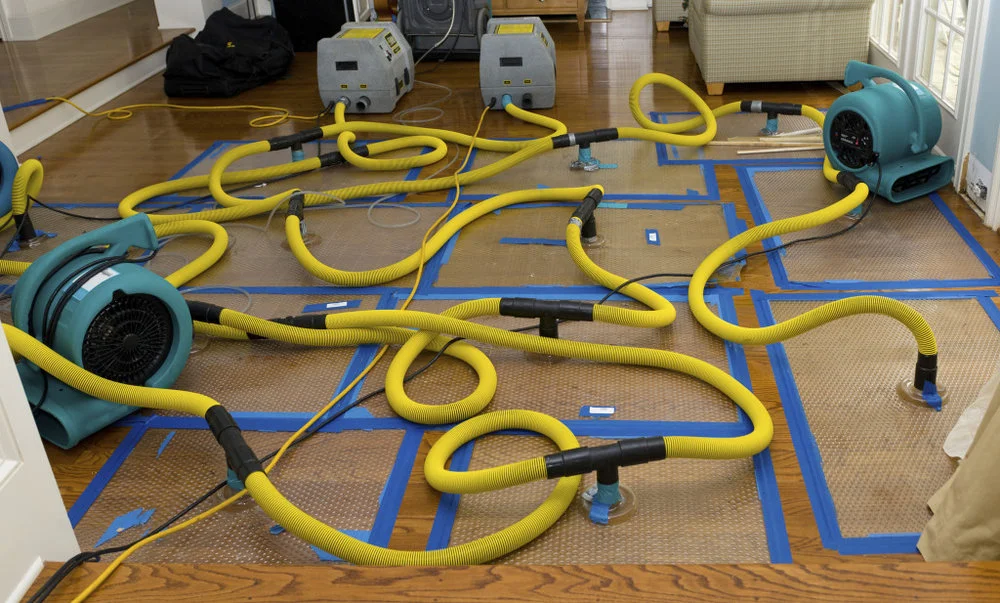What Are Some Non-Invasive And Conservative Approaches For TMJ Treatment?
Are you someone who is going through TMJ disorder, a disorder that impacts the temporomandibular joint and induces discomfort and pain in the jaw? Well, you are not alone. There are numerous individuals who suffer from TMJ disorder, but taking proper treatment for TMJ can obtain comfort and enhance your quality of life. Even though surgical procedures are available, healthcare experts consider non-invasive and conservative methods as more effective for handling TMJ symptoms. This article will go through these non-invasive therapy choices, offering useful insights into handling the disorder, so read until the end to get all the necessary information regarding TMJ treatment. If you need a personalized session, consult tmj treatment near me in Houston, TX.
Understanding Non-Invasive TMJ Treatment
Non-invasive therapy methods aim at reducing pain, decreasing inflammation, and enhancing jaw operation without the requirement of surgery. These approaches target addressing the primary reasons for TMJ disorder and offer prolonged alleviation from pain. The following are some of the conservative and non-invasive treatment alternatives available:
Lifestyle Modifications
Bringing particular modifications into your day-to-day lifestyle can have a flattering effect on TMJ signs. This might involve bypassing hard or chewy meals, practicing relaxation strategies to relieve strain, enhancing posture, and preserving good oral health. Slight changes in everyday routines can add to diminish TMJ discomfort.
Physical Therapy
Physical therapy has an important function to perform in handling TMJ disorder. Health professionals utilize a mixture of activities, stretches, and manual processes to enhance the movement of the jaw, relieve muscle tension, and improve jaw position. They might even offer direction on self-care methods and home workouts to preserve improvement between visits.
Oral Appliances
Personalized oral devices, like mouthguards or splints, will be useful in reducing TMJ symptoms. These machines are developed to assist the jaw joint, relieve strain, and facilitate appropriate positioning of the jaw. By wearing an oral device, people with TMJ disorder can feel a significant reduction in pain and enhanced jaw operations.
Medications
Non-invasive treatment might include the usage of medicines to handle TMJ signs. Analgesics, nonsteroidal anti-inflammatory drugs (NSAIDs), and muscle relaxants can offer relief from pain, assist in decreasing inflammation, and relieve muscle strain. But, it is crucial to confer with restorative dentistry near me in Houston, TX, before beginning any medicine course.
Heat and Cold Therapy
Laying heat or cold on the impacted region can offer relief for a brief amount of time from TMJ symptoms. Heat therapy, like heating pads or warm compresses, can assist in comforting muscles and enhance the circulation of blood. Besides, cold therapy, such as cold packs or ice packs, can decrease inflammation and desensitize the affected spot, offering relief from pain.
Conclusion
Non-invasive and conservative treatment methods offer useful choices for handling TMJ disorder. By concentrating on heat/cold therapy, physical therapy, using oral devices, making day-to-day lifestyle changes, and proper medicine courses, people can feel at ease from the discomfort and pain related to TMJ. These non-invasive approaches target to handle the primary reason for TMJ disorder at the same time diminishing the requirement for surgery. If you are experiencing TMJ disorder’s symptoms and want proper treatment, consult tmj specialist near me in Houston, TX.















